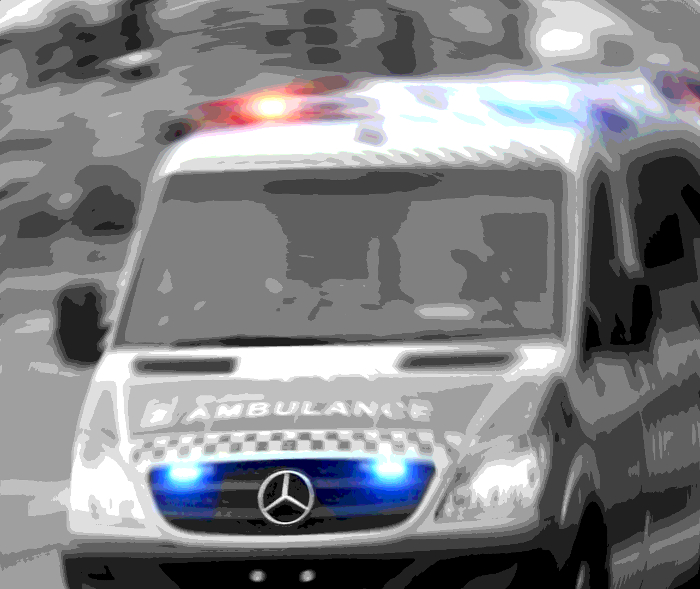Many miss ED-worthy issues
 Australians appear to be self-assessing life-threatening situations as not worthy of a 000 call or trip to Emergency.
Australians appear to be self-assessing life-threatening situations as not worthy of a 000 call or trip to Emergency.
A new Edith Cowan University (ECU) study shows Australians are not clear on what is actually a medical emergency.
The research involved data collection with more than 5,000 participants across Australia, who were asked how they would respond to a series of 17 medical scenarios, some of which warranted emergency treatment.
Researchers then quantified how often people were incorrect in recognising which scenarios warranted calling an ambulance or presenting at an ED (meaning they did not recognise the signs and symptoms as being potentially life threatening).
Researcher Dr Brennen Mills says that while people should be wary of unnecessarily calling an ambulance or attending ED, particularly given ongoing ambulance ramping issues and over-burdened hospitals, it is still important to seek emergency assistance when necessary.
“The study found that while most Australians are able to correctly identify symptoms associated with a number of medical emergencies, there are some conditions in which recognition of being a potential emergency is poor,” Dr Mills said.
For example, 67 per cent of participants did not know a child suffering a scalp haematoma requires an emergency response. This was the same for 57 per cent of responses to potential meningococcal infection, as well as 40 per cent of respondents facing a box jellyfish sting, or paracetamol overdose (37 per cent).
Dr Mills said in general men were more likely not to seek emergency treatment when they needed to, compared to women.
Participants identifying as Aboriginal or Torres Strait Islander were also 29 per cent more likely to suggest non-emergency responses to scenarios that were recommended for an emergency response.
“A surprising finding was that parents of dependent children were no better at recognising emergency care is needed for head haematomas or potential meningococcal infection, compared to those without children,” Dr Mills said.
“We have a serious issue across the nation with overcrowding of ED’s and ambulance ramping so maximising the best use of emergency healthcare services, staff and infrastructure is critical.
“However, we want to make sure people are not afraid to attend an ED or call for an ambulance when the situation is warranted.
“To develop targeted interventions, we need to better understand which symptoms are not well recognised as potential emergencies and the kinds of people who are less likely to engage with emergency healthcare services for whatever reason.”








 Print
Print